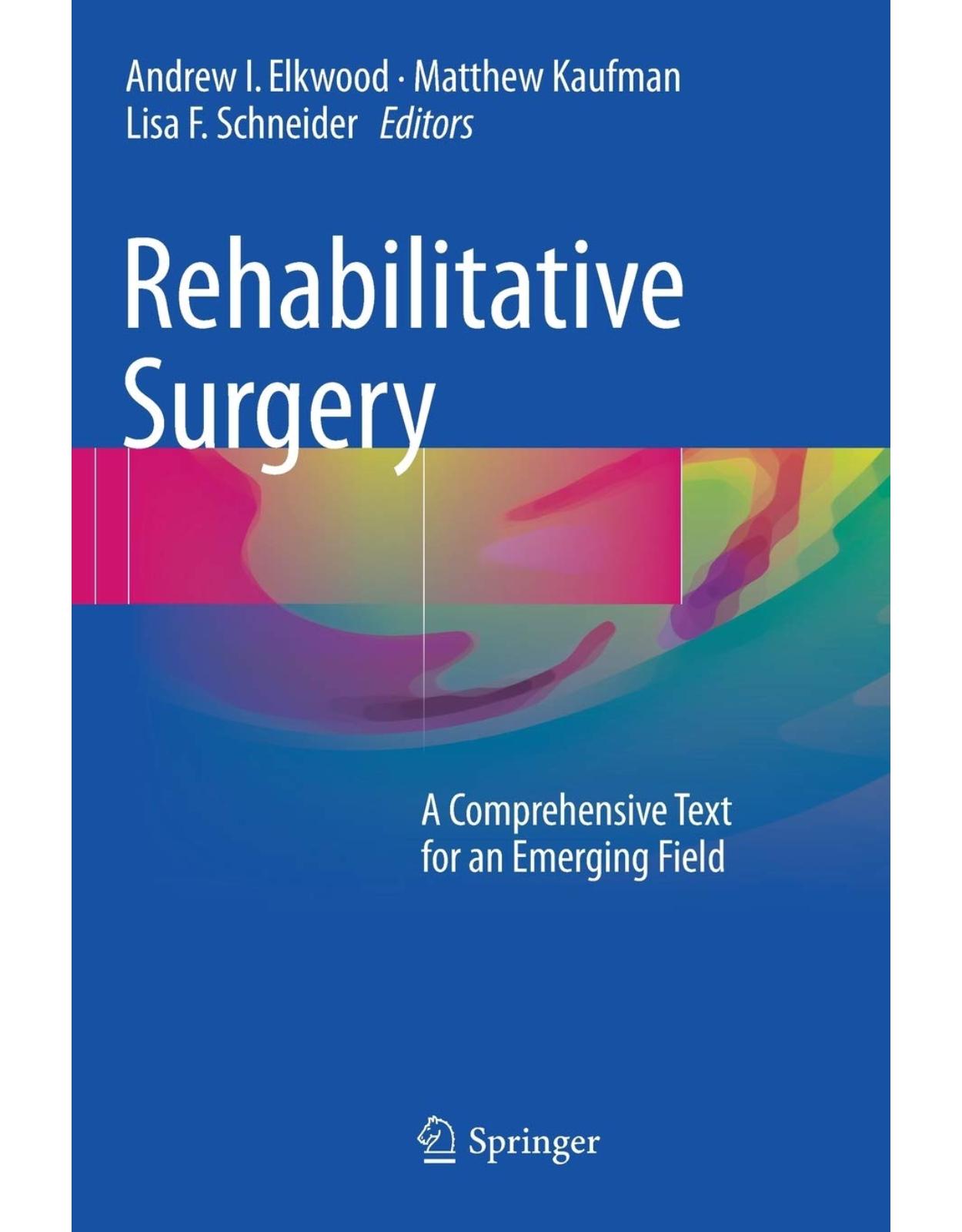
Rehabilitative Surgery
Livrare gratis la comenzi peste 500 RON. Pentru celelalte comenzi livrarea este 20 RON.
Description:
This book represents the first interdisciplinary text on the emerging field of rehabilitative surgery, in which state of the art procedures from multiple surgical specialties are combined. It proposes a completely new framework for understanding, coordinating, and providing treatment for paralyzed or severely neurologically impaired patients and explains the potentially critical impact of surgery in creating a new baseline of functional status, thereby improving the patient’s daily life. Every major aspect of reconstructive surgical treatment is considered, including anesthesia, orthopedic surgery, plastic surgery, neurosurgery, general surgery, vascular surgery, and otolaryngology. The most up-to-date and evidence-based surgeries are clearly described and evaluated, with coverage of treatment of pressure sores, placement of feeding tubes, and upper extremity interventions to improve function and hygiene. Cutting-edge protocols are presented for the surgical treatment of severe nerve injuries, spinal cord injuries, and stroke or cerebrovascular accidents, and a first description and evaluation of phrenic nerve repair to assist weaning of paralyzed patients from ventilators is provided. Both surgical and nonsurgical readers will find this book to be an ideal guide and reference.
Table of Contents:
Part I: Introduction
1: Introduction to Rehabilitative Surgery
2: Introduction to Surgical Principles
Surgical Metabolism and Nutrition in the Surgical Patient
Inflammation and Injury
Wound Healing
Surgical Technique
Antiseptic Technique
Sutures
Types
Techniques
Complications
Drains
Surgical Complications
Infections
Hernias
Fistulas
Marjolin’s Ulcer
References
Part II: Anesthesia
3: Anesthetic Considerations in Rehabilitative Surgery
Introduction
Autonomic Dysreflexia
Preoperative Evaluation
Cardiovascular System
Respiratory System
Genitourinary System
Musculoskeletal System
Thermal Regulation
Psychological Issues
Intraoperative Considerations
Intraoperative Monitoring
Anesthetic Considerations
General Anesthesia
Induction
Maintenance
Emergence
Spinal and Epidural Versus Regional Anesthesia
Treatment of Autonomic Hyperreflexia
Special Cases: Peripheral Nerve Reconstruction
Postoperative Considerations
Postanesthesia Care
Long-Term Care
Acute Pain Management
Summary
References
4: Deep Venous Thrombosis in the Operative Rehabilitation Patient
References
Part III: Pain Management
5: Evaluation and Management of Chronic Pain
Introduction
What Is Pain?
Diagnostic Workup
Treatment Strategies
Medication Management
Physical Medicine Modalities
Psychological Approaches
Cognitive and Behavioral Approaches
Interventional Pain Management
Epidural Steroid Injections
Epidural Infusions of Local Anesthetics
Sympathetic Ganglion Blocks
Vertebroplasty and Kyphoplasty
Minimally Invasive Lumbar Decompression
Neuromodulation
Spinal Cord Stimulation
Novel Targets and Frequencies
Intrathecal Drug Therapy
Summary
References
Part IV: Nervous System and Spine
6: Neurosurgical Overview
Cerebrovascular Disease
Stroke Overview
Cerebral Ischemia or Cerebral Infarction
Hemorrhagic Stroke
Pathophysiology of Ischemic Stroke
Presenting Symptoms of Ischemic Stroke
Evaluation and Management of Ischemic Stroke
Pathophysiology, Evaluation, and Management of Spontaneous Intracerebral Hemorrhagic Stroke
Cerebrovascular Lesions Causing Intracranial Hemorrhage
Aneurysmal Subarachnoid Hemorrhage (SAH)
Arteriovenous Malformations (AVM)
Cavernous Malformation (Cavernoma)
Brain Tumors
Introduction
Advances in Operative Technique and Treatment Options
Intracranial Tumor Types and Treatment Considerations
Postoperative Management of Brain Tumor Patients
Adult Cranial Neurosurgery: Developmental Disorders and Hydrocephalus
Neurosurgical Infections
Introduction
Cerebral Abscess
Subdural Empyema
Parasitic Infections
Viral Encephalitis
Fungal Infection
Spinal Epidural Abscess
Shunt Infection
Postoperative Infection
Traumatic Brain Injury (TBI)
TBI Overview
Concussion
Contusion
Traumatic Subarachnoid Hemorrhage
Epidural Hematoma
Subdural Hematoma
Multicompartment Trauma
Late Complications/Delayed Deterioration
References
7: Neurologic Injury and Spasticity
Introduction to the Motor System
Lower Versus Upper Motor Neuron Injury
Spasticity
Clinical Features
Treatment
Physical Therapy
Oral Medications
Chemodenervation
Intrathecal Baclofen
Surgical Treatment
References
8: Electrodiagnostic Testing for Nerve Injuries and Repairs
Introduction
Part I: Preoperative Electrodiagnostic Testing
Part II Intraoperative Electromyography
Nerve Action Potentials
Stimulus-Triggered EMG
References
9: Spine Trauma
Introduction
Anatomy
Spine Trauma Overview
Epidemiology
Initial Care
Physical Examination
Neurologic Injury
Radiographic Evaluation
Plain Films
Cervical Spine
Thoracic and Lumbar Spine
Computed Tomography
MRI
Cervical Spine
Thoracic and Lumbar Spine
C-Spine Clearance
Cervical Spine Injuries
Outcomes
Postoperative Care
Thoracic and Lumbar Spine Injuries
Classification
Outcomes
Postoperative Care
References
Part V: Airway, Thorax and Abdomen
10: Phrenic Nerve Reconstruction for Diaphragmatic Paralysis and Ventilator Dependency
Introduction
Neuromuscular Anatomy and Physiology of the Respiratory System
Central Pathways
The Muscles of Respiration
The Phrenic Nerve
The Diaphragm
Diaphragmatic Paralysis
Incidence and Etiology
Signs and Symptoms
Evaluation
Neuromuscular Pathology
Treatment Options for Diaphragmatic Paralysis
Positive Airway Pressure Supplementation (CPAP/BiPAP)
Plication of the Diaphragm
Phrenic Nerve Reconstruction
Background
Surgical Treatment
Outcomes
Treatment Algorithm
Ventilator Dependency
Demographics
Consequences of Positive Pressure Ventilation on the Diaphragm
Treatment Options
References
11: Physical Therapy Following Phrenic Nerve Graft Surgery: Implications Far Beyond Breathing
Introduction
Physical Therapy (PT) Preoperative Assessment
Respiration
Endurance
Postural Alignment
Postural Stability
Pain
Continence
Summary
Physical Therapy Rehabilitation
PT Reassessment
PT Rehabilitation Treatment
Summary
References
12: Recovery of Diaphragm Function Through Functional Electrical Stimulation: Diaphragm Pacing
Introduction
Surgical Intervention with Diaphragm Pacing
Results of Diaphragm Pacing
References
13: Acute and Long-Term Surgical Management of the Spinal Cord Injury Patient
Introduction
Damage Control Surgery
Enterocutaneous and Enteroatmospheric Fistulas
Ileostomy and Colostomy
Nutrition
Wound Complications
Surgical Drains
Compartment Syndrome
Tracheostomy
Acute Abdomen in Spinal Cord Injury Patients
Summary
References
14: Surgical Reconstruction of Pressure Ulcers
Introduction
Terminology
Epidemiology
Economic Burden
Pathophysiology
Anatomic Distribution
Basic Science
Pressure
Friction
Shear
Moisture
Malnutrition
Neurological Injury
Prevention
Skin Care
Incontinence
Spasticity
Pressure Relief
Nutrition
Diagnosis and Evaluation
Classification
Patient Evaluation
Osteomyelitis
Surgical Management of Pressure Ulcers
Reconstructive Concepts
Reconstruction by Anatomic Region
Sacrum
Midline Defects
Ischium
Trochanter
Prophylactic Bone Resection
Postoperative Management
Outcomes and Complications
References
15: Acute Burn Management and Rehabilitation
The Acute Burn
Epidemiology
The Burn Wound and Triage
Care of the Acute Burn
Inhalational Injury
Infection
Burn Surgery
Escharotomy and Fasciotomy
Excision and Grafting
Principles of Burn Surgery
Burn Reconstructive Ladder
Direct Closure
Adjacent Tissue Transfer
Skin Grafts
Cultured Epidermal Autografts (CEA)
Tissue Expansion
Flaps
Reconstruction by Anatomical Site
Scalp
Face
Breast
Upper Extremity
Perineum
Lower Extremity
Long-Term Complications
References
Part VI: Reanimation of the Paralyzed Extremity
16: A Global Approach to Upper Extremity Paralysis: The Role of Surgery in Limb Reanimation
General Philosophy of Reanimation
Animation, Spastic and Flaccid Paralysis of the Upper Extremity
Spastic Paralysis
Flaccid Paralysis
Treatment Options
The Garage Door Analogy
The Systematic Study of Spare Parts
Surgical Planning Exam and Evaluation
Assessment of Function
Assessment of Pain
Assessment of Donors
Nerves
Muscles
Creation of New Donors and Donor “Disease”
Electromyography and Imaging
Introduction to Surgical Planning
Surgical Timing
The Surgical Planning Process
Targeted Muscle Reinnervation
Preoperative Evaluation
Transfers for Muscle Reinnervation
Transhumeral Level
Shoulder Disarticulation Level
Postoperative Care
Future Directions
References
17: Amputation Versus Limb Salvage of the Lower Extremity
Introduction
Salvage Versus Amputation
The Pathologic Process
Vascular Etiologies
Traumatic Etiologies
Orthopedic Care
Plastic Surgery Care
Psychosocial Aspects
Overall Outcomes
Litigation and Outcomes
Financial Considerations
Summary
References
18: Surgical Rehabilitation of the Tetraplegic Upper Extremity
Introduction
Epidemiology
Etiology
Upper Extremity Functional Surgery
Current Utilization of Upper Extremity Surgery
Clinical Picture: Symptoms and Physical Findings
Therapeutic Options
Nonoperative Treatment
Surgical Treatment
Indications for Surgery
Time Management
Goals of Surgery
Surgical Techniques
Reconstruction of Elbow Extension
Reconstruction of Forearm Pronation
Reconstruction of Wrist Extension
Positioning and Stabilization of the Thumb
Reconstruction of Grip Function
Reconstruction of Intrinsics
Reconstruction of Hand Opening (Extensor Phase)
ECU Tenodesis for Wrist Alignment
Additional Procedures to Reduce Spasticity
Combined Procedures: Active Flexor and Passive Extensor Phase with Intrinsic Reconstruction (Alph
Nerve Transfers
Postoperative Protocol
Immediate Activation of Transferred Tendons
Complications
Clinical Results
Tendon Transfers
Neuroprosthetic Devices (Functional Electrical Stimulation (FES))
Nerve Transfers
References
19: Lower Extremity
Approach to the Lower Extremity of Patients
Anatomy
Compartments of the Leg
Innervation
Compression Syndromes
Pudendal Neuralgia
Piriformis Syndrome
Femoral and Obturator Nerve Compression
Peroneal Nerve Compression
Tarsal Tunnel Syndrome
Lower Extremity Neuropathy
Diagnosis
Medical Therapy
Surgical Therapy
Basic Science
Coverage of the Diabetic Foot Wound
Clinical Evaluation and Surgical Planning
Reconstructive Options
References
20: Inguinal Pathology
Introduction
Athletic Pubalgia
Pathophysiology
Clinical Presentation and Physical Examination
Diagnostic Imaging
Surgical and Postoperative Management
Inguinal Neuralgia
Pathophysiology
Clinical Presentation
Diagnosis
Management
Summary
References
21: Hand Transplantation and Rehabilitation
Introduction
Unique Aspects
Upper Extremity Allotransplantation
Donor and Recipient Selection
Donor Limb Procurement
Recipient Surgery
Maintenance Immunosuppression
Rehabilitation
Functional Assessment
Rejection Assessment
Outcomes
Cortical Plasticity and Neurointegration
Summary
References
22: Targeted Reinnervation Strategies to Restore Upper Limb Function
Introduction
Targeted Muscle Reinnervation: Basic Concepts
Integration with Bioprostheses
Surgical Considerations
Targeted Sensory Reinnervation
Clinical Applications
Future Directions
References
Part VII: Orthopedic Surgery
23: Orthopedic Considerations in Rehabilitative Surgery
Principles of Acute Orthopedic Injury Treatment
Common Orthopedic Complications and Treatments
Acute Blood Loss and Vascular Injury
Venous Thromboembolic Disease
Fat Embolism Syndrome (FES)
Neurologic Injury
Acute Infection and Chronic Osteomyelitis
Acute and Chronic Soft Tissue and Wound Complications
Nonunion or Fixation Failure
Deformity/Malunion
Arthritis and Avascular Necrosis
Heterotopic Ossification
Contracture and Arthrofibrosis
Instability*
References
24: Upper Extremity Neuromuscular Disorders
Upper Extremity Basic Orthopedic Principles
Shoulder Reanimation: Tendon and Nerve Transfers
Scapulothoracic and Glenohumeral Fusions
Elbow Reanimation: Tendon and Nerve Transfers
Elbow Fusion
Wrist Reanimation: Tendon and Nerve Transfers
Wrist Fusion
Digital Reanimation: Tendon and Free Muscle Transfer
Digital Fusion
Cerebral Palsy Involving the Upper Extremities
Heterotopic Ossification: Traumatic Brain and Neurological Injury
References
Part VIII: Urologic Surgery
25: Surgical Considerations in Neurogenic Bladder
Introduction
Anatomy and Physiology of the Upper and Lower Urinary Tracts
Upper Urinary Tract
Lower Urinary Tract
Neuroanatomy of the Lower Urinary Tract
Voiding Centers
Suprapontine (Higher) Centers
Pontine Micturition Center
Sacral Micturition Centers
Impact of the Location of Spinal Cord Injury on Voiding
Suprapontine Lesions (Higher Centers)
Suprasacral Spinal Cord Lesions
Sacral Lesions
Preoperative Urologic Evaluation
Types of Bladder Management and Surgical Considerations
Intermittent Catheterization
Indwelling Catheterization (Urethral and Suprapubic Catheterization)
Reflex Voiding
Crede/Valsalva Voiding
Common Urological Problems Following SCI
Urinary Tract Infections
When and How to Treat UTI in SCI
Autonomic Dysreflexia
Prevention of Autonomic Dysreflexia
Treatment of Autonomic Dysreflexia (AD)
Pharmacological Treatment for Acute Autonomic Dysreflexia (AD)
Post-autonomic Dysreflexia Management
Bladder Stones
Summary
References
Part IX: Vascular Considerations, Including Lymphedema
26: Vascular Considerations in Rehabilitative Surgery
Introduction
Peripheral Arterial Disease
Epidemiology
History and Physical Exam
Noninvasive Testing
Treatment
Venous Disease and Deep Vein Thrombosis
Risk Factors
History and Physical Exam
Testing for DVT
Treatment
Lymphedema
Epidemiology and Etiologies
Pathophysiology
Treatment
References
Part X: Future Directions
27: Spinal Cord and Peripheral Nerve Regeneration Current Research and Future Possibilities
Introduction
Spinal Cord Regeneration
Early Studies of Spinal Cord Regeneration
Go or Nogo?
Glial Scar
Proteoglycans
One, Some, or All of the Above?
None of the Above
All By Itself
Peripheral Nerve Effects on Spinal Cord Regeneration
The Importance of Rehabilitation
Peripheral Nerve Regeneration
Autologous Repairs and Timing
Nerve Guidance Conduits and Neurotrophic Devices
Into the Future
NED: The End or the Beginning?
Nervous System 2.0
NS2.0 Possibilities
Class I Possibilities (Within 30 Years)
Class II Possibilities (30 Years to Centuries)
Class III Possibilities (No Substantial Achievements Yet)
Concluding Thought
References
Erratum to: Rehabilitative Surgery: A Comprehensive Text for an Emerging Field
Index
| An aparitie | 2017 |
| Autor | Elkwood |
| Dimensiuni | 17.78 x 2.39 x 25.4 cm |
| Editura | Springer |
| Format | Hardcover |
| ISBN | 9783319414041 |
| Limba | Engleza |
| Nr pag | 417 |

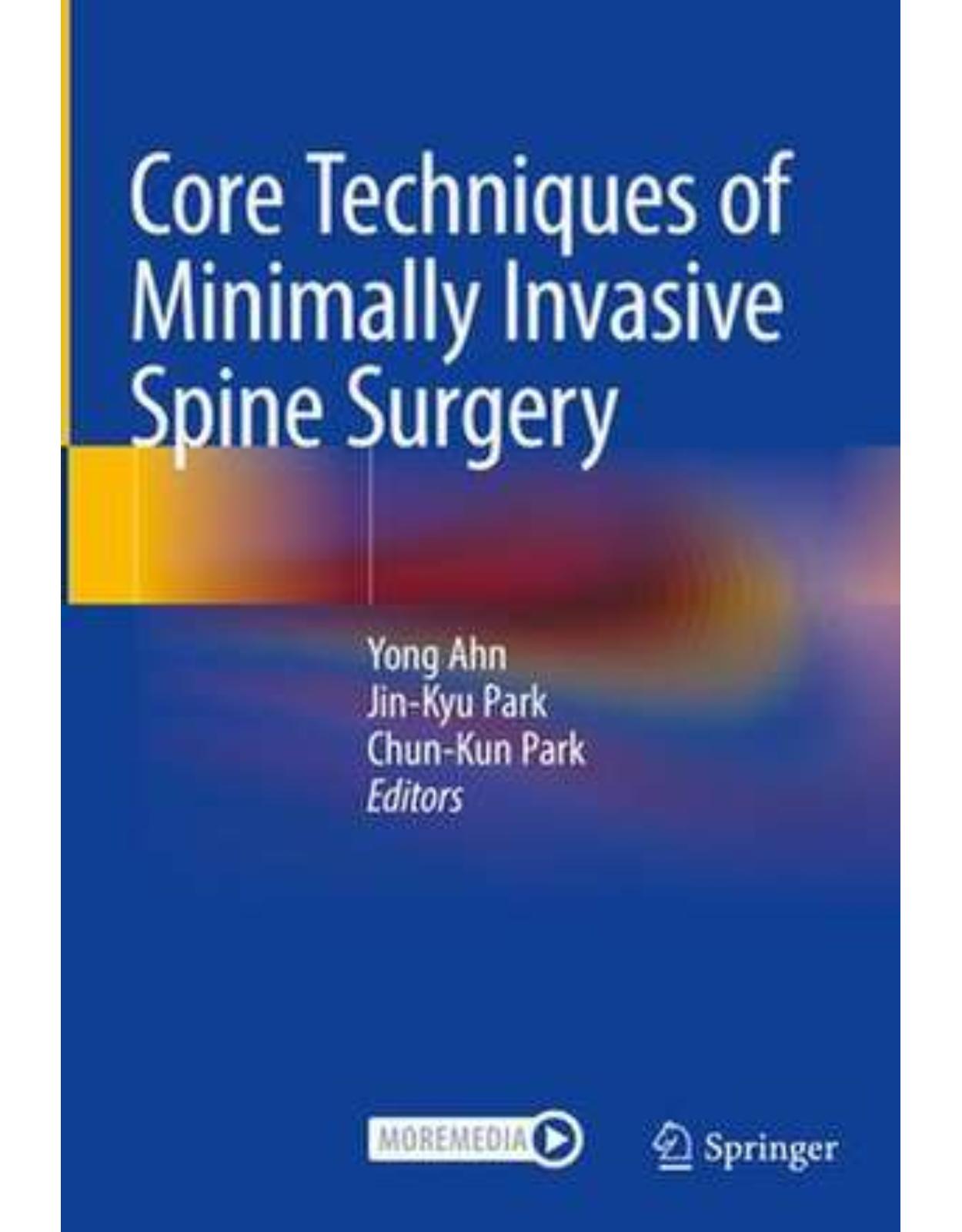
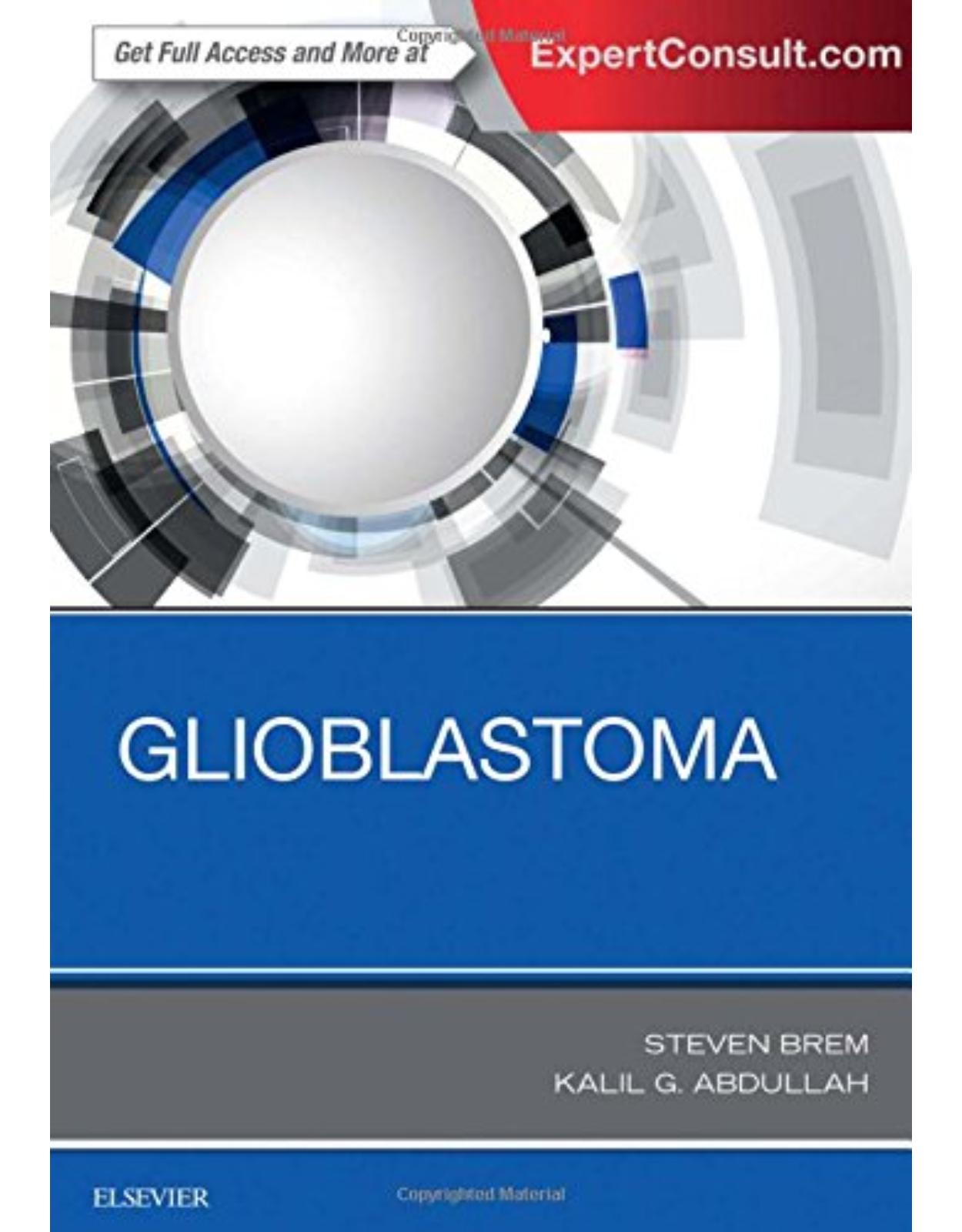
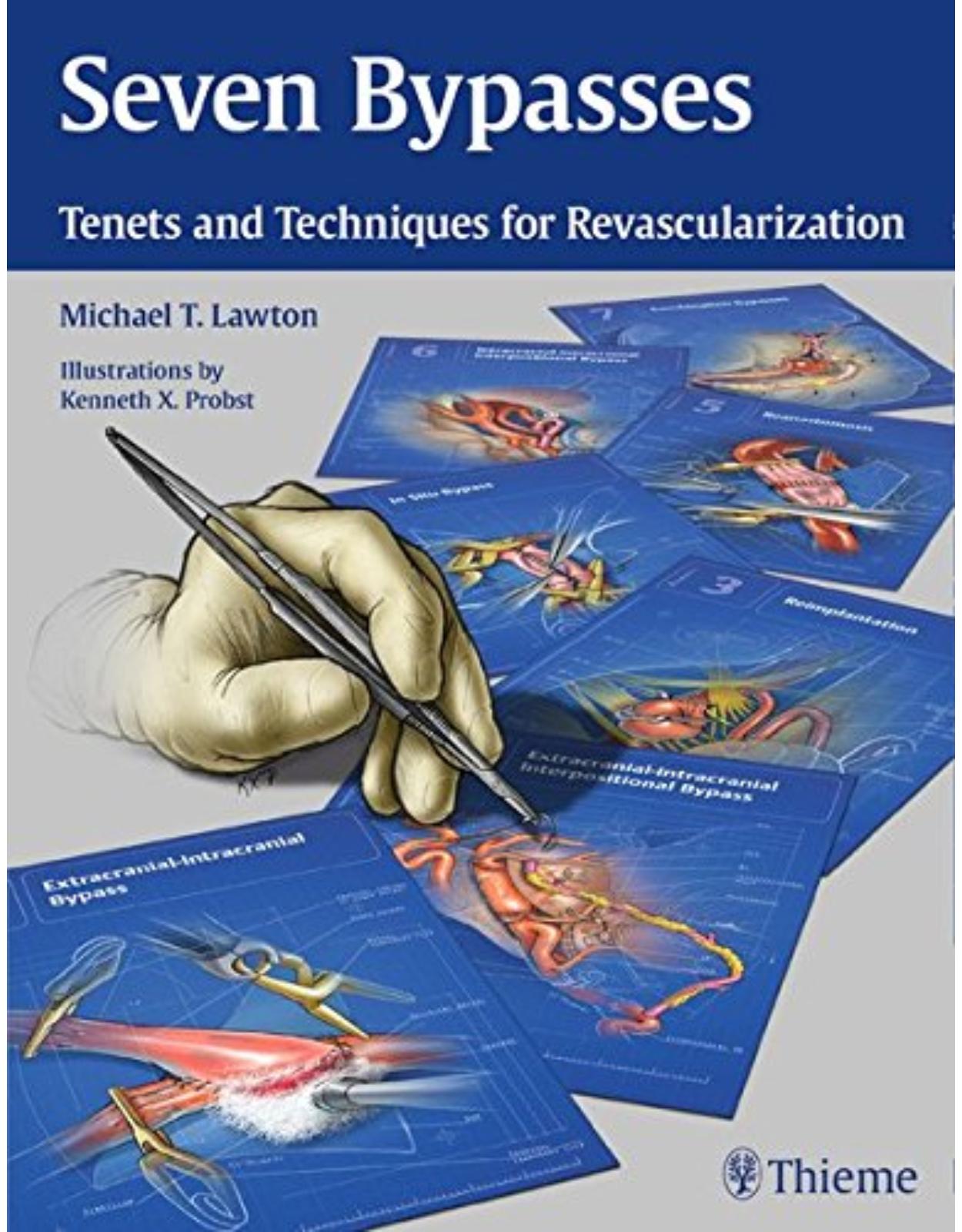
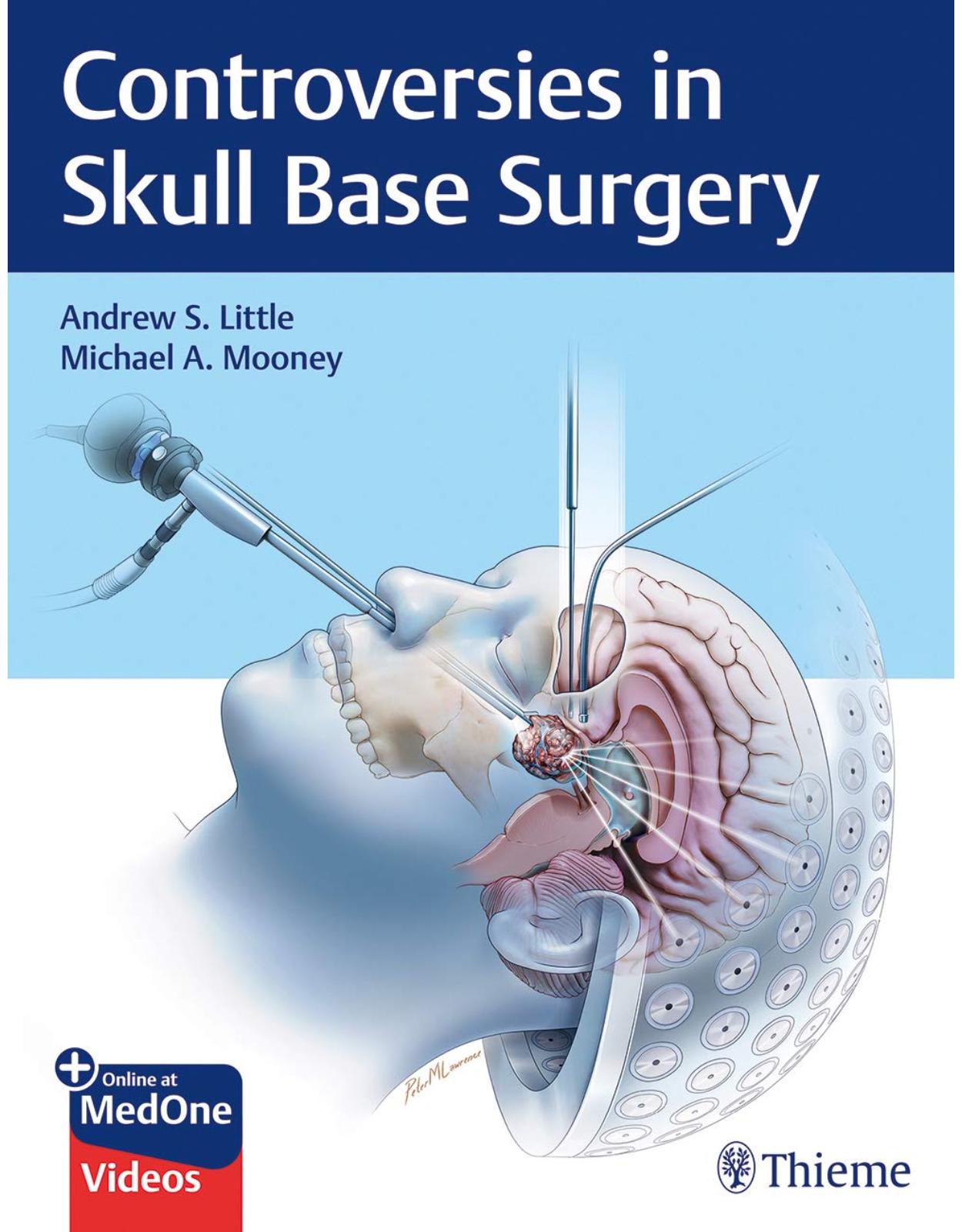
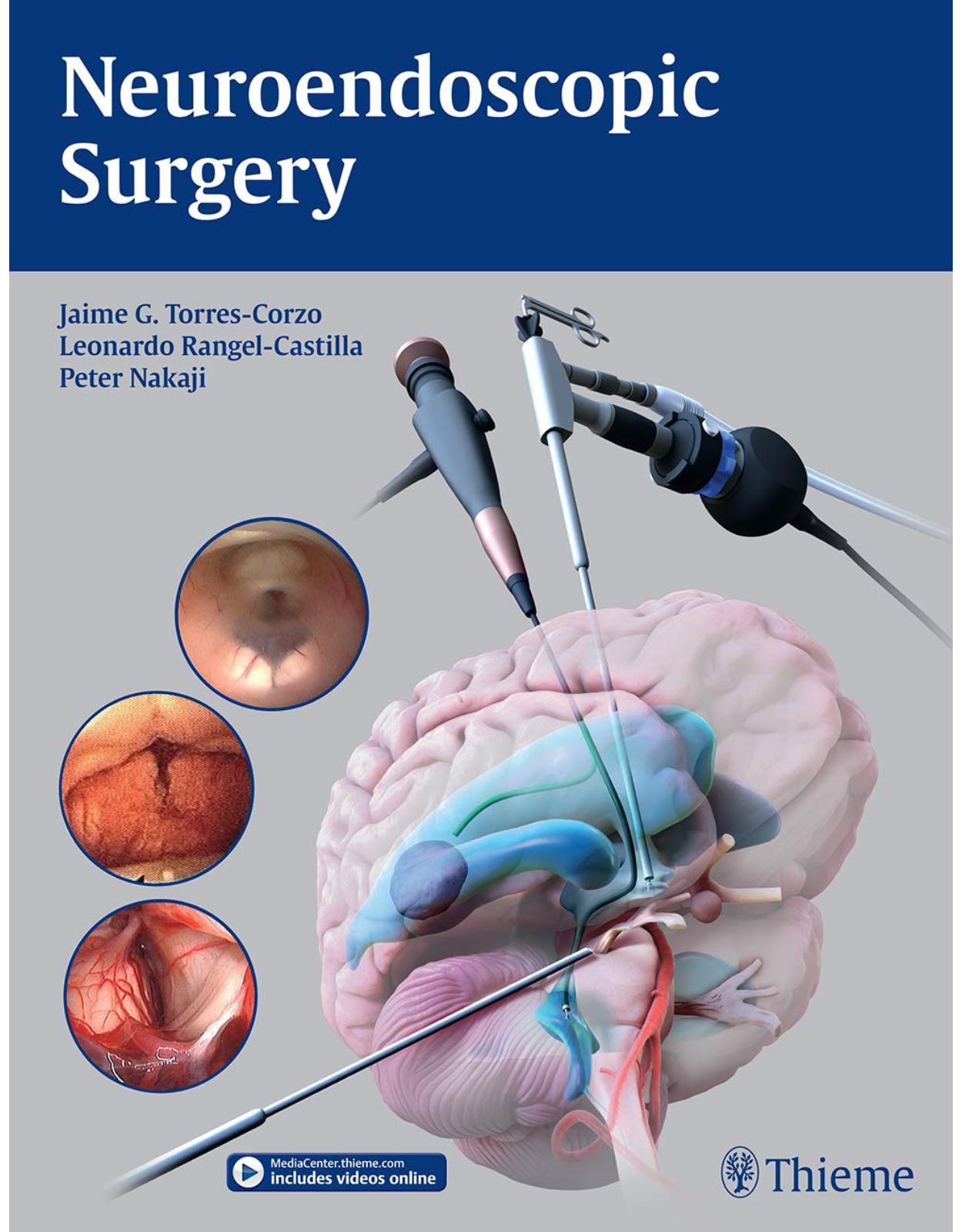
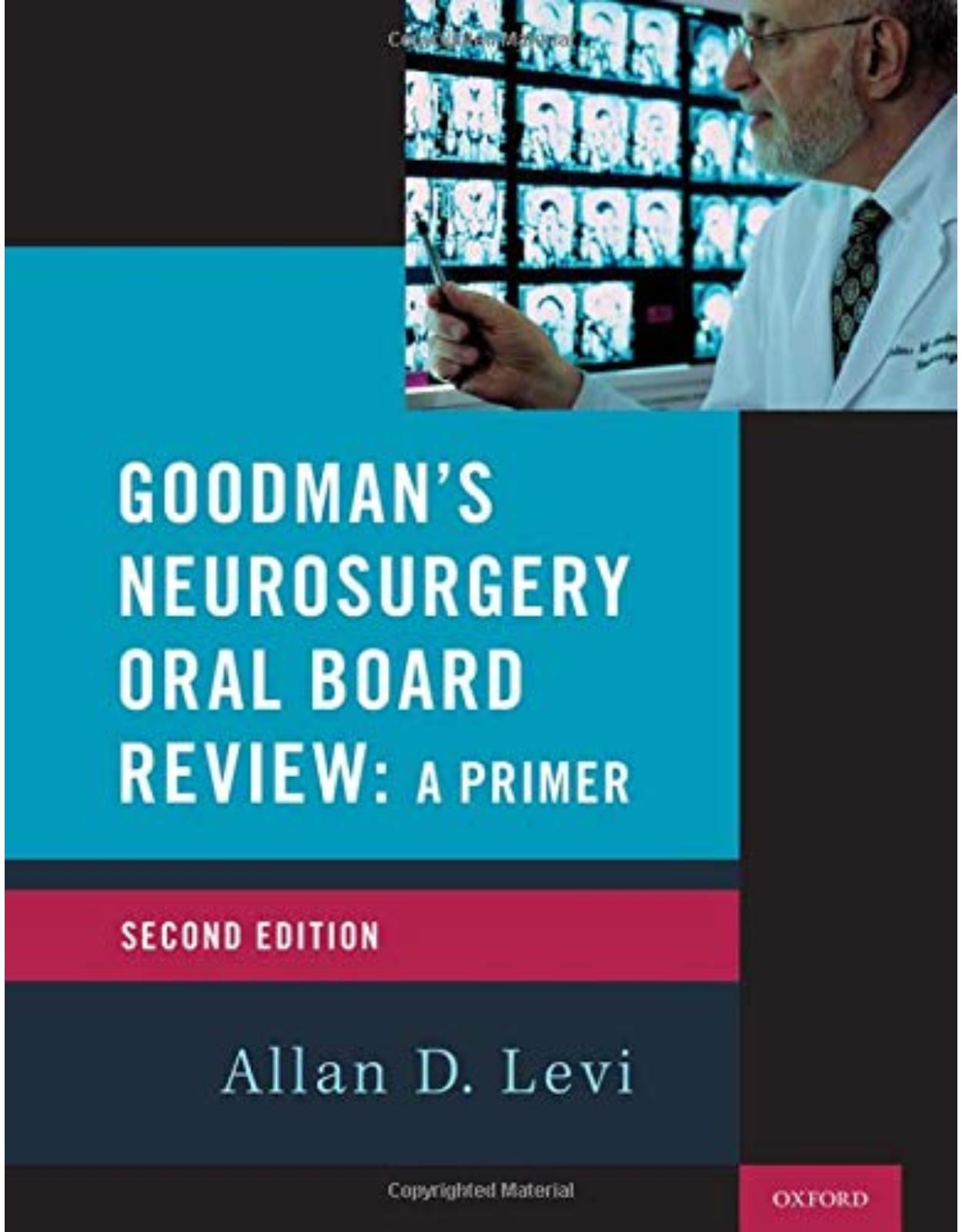
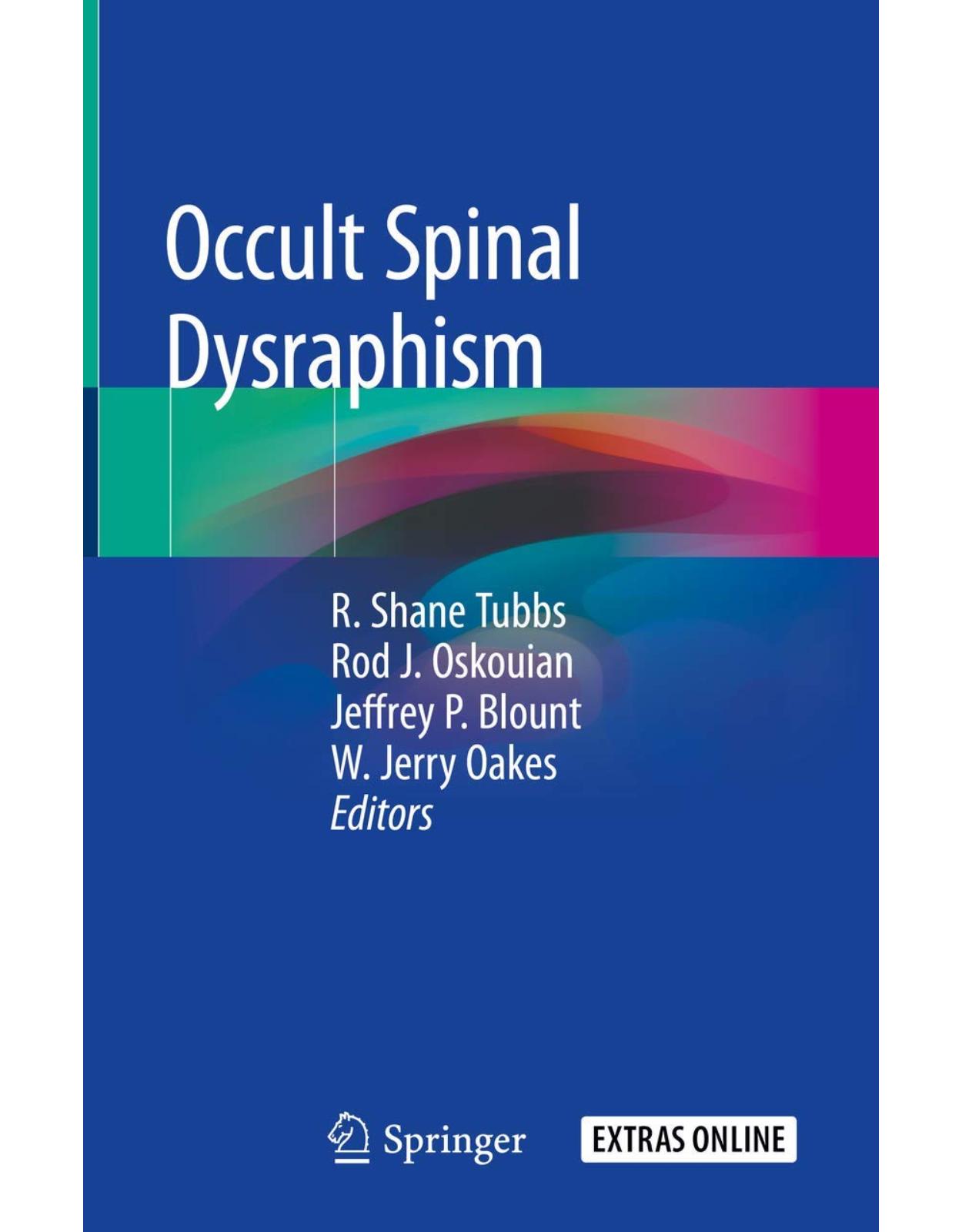
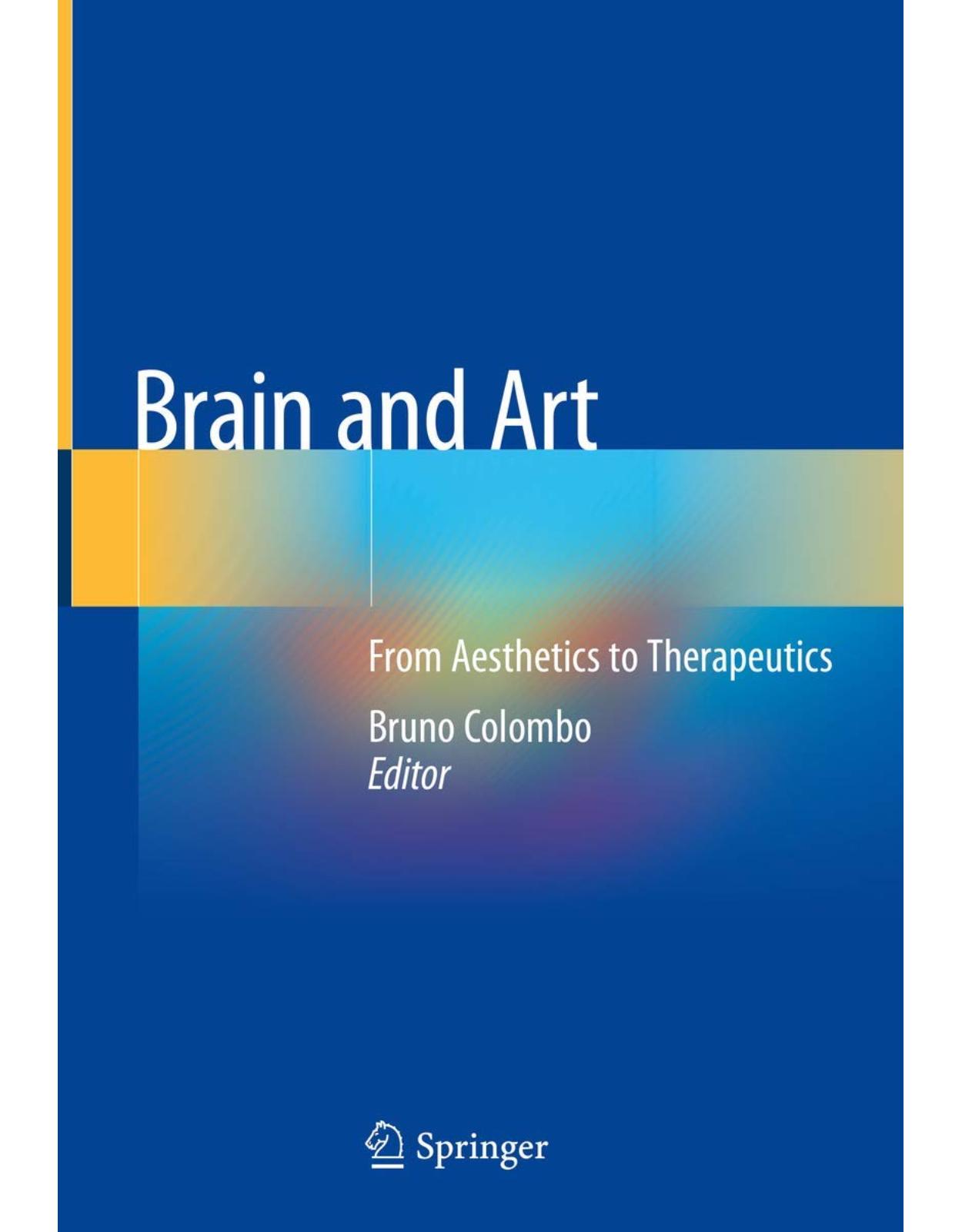
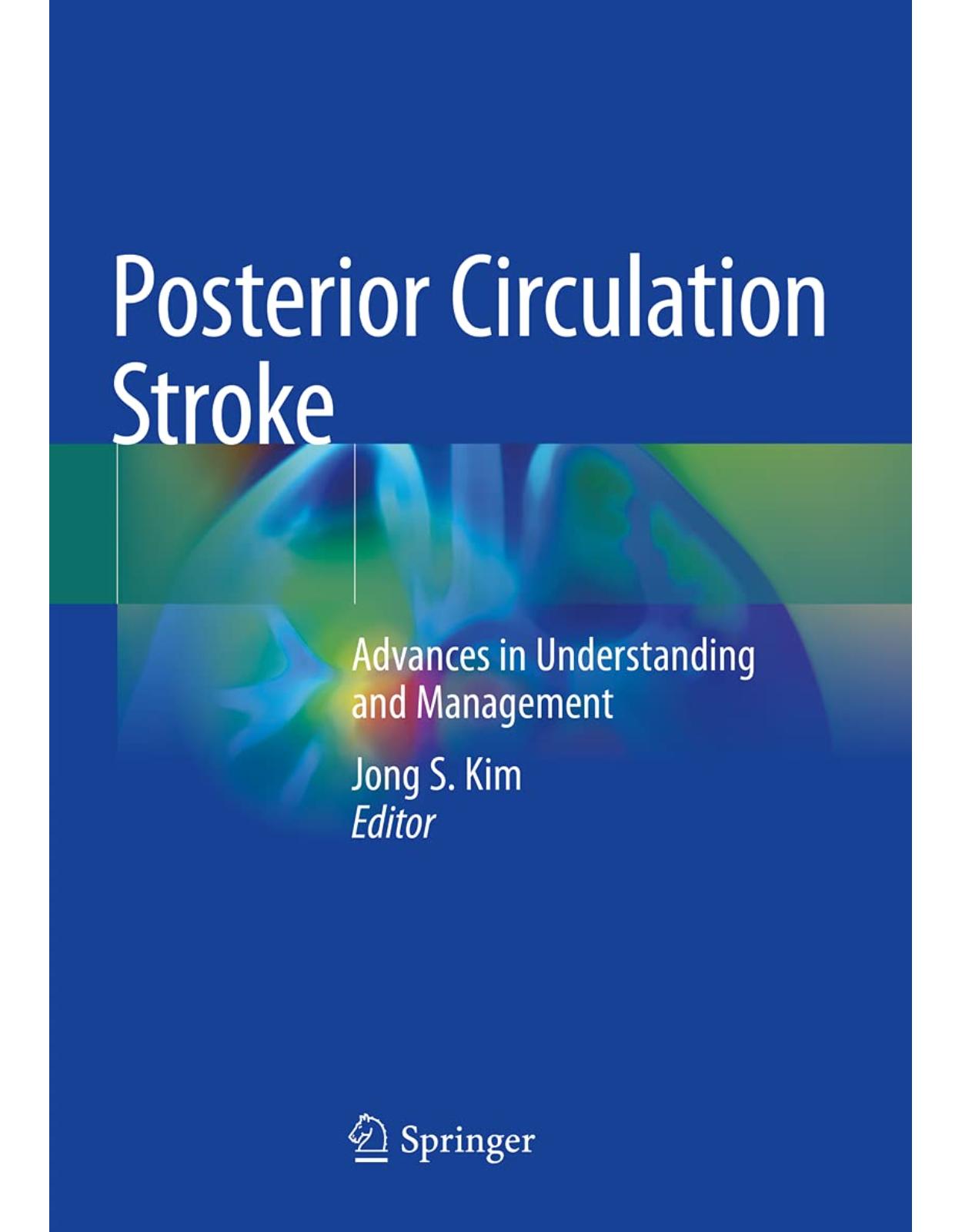
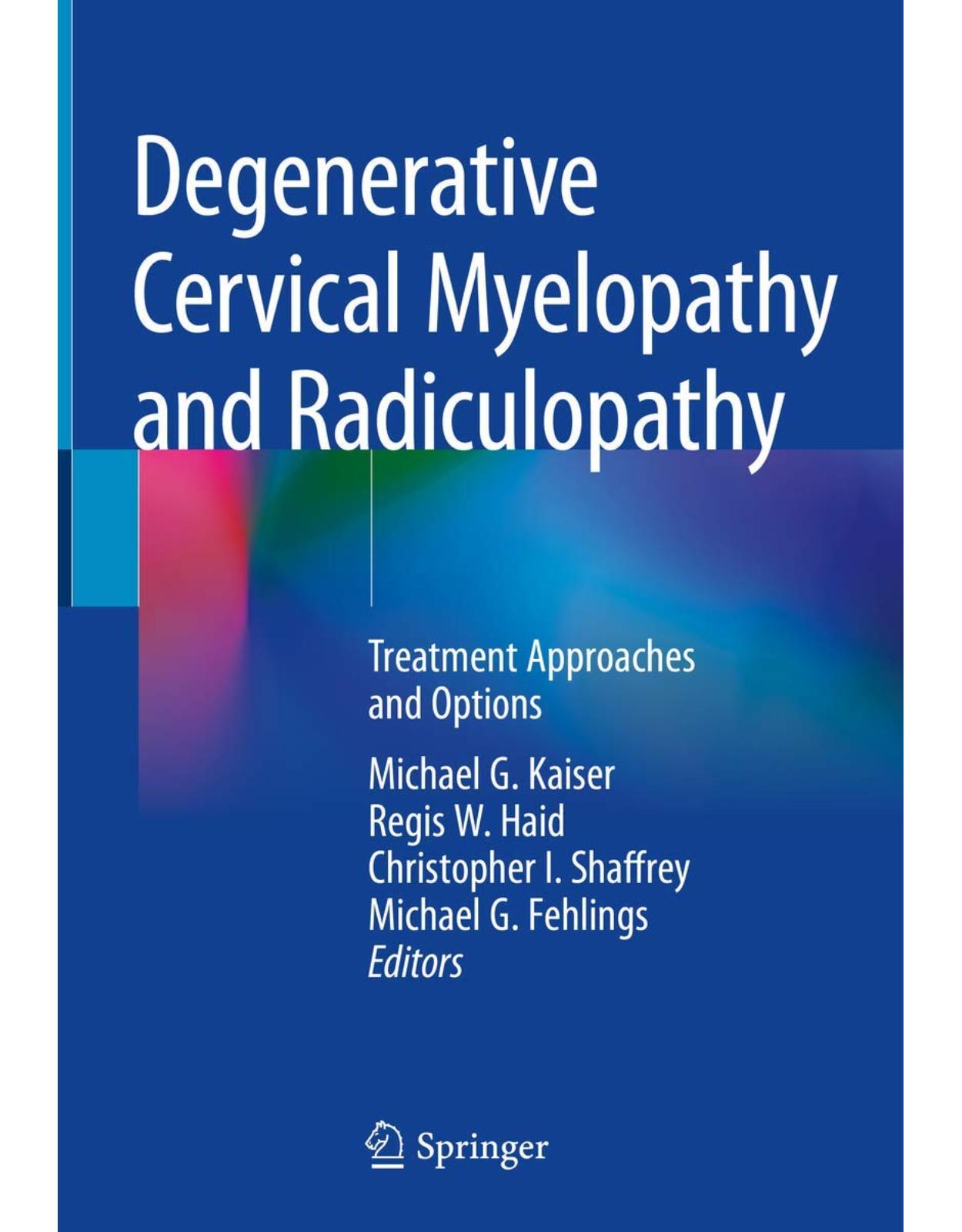

Clientii ebookshop.ro nu au adaugat inca opinii pentru acest produs. Fii primul care adauga o parere, folosind formularul de mai jos.